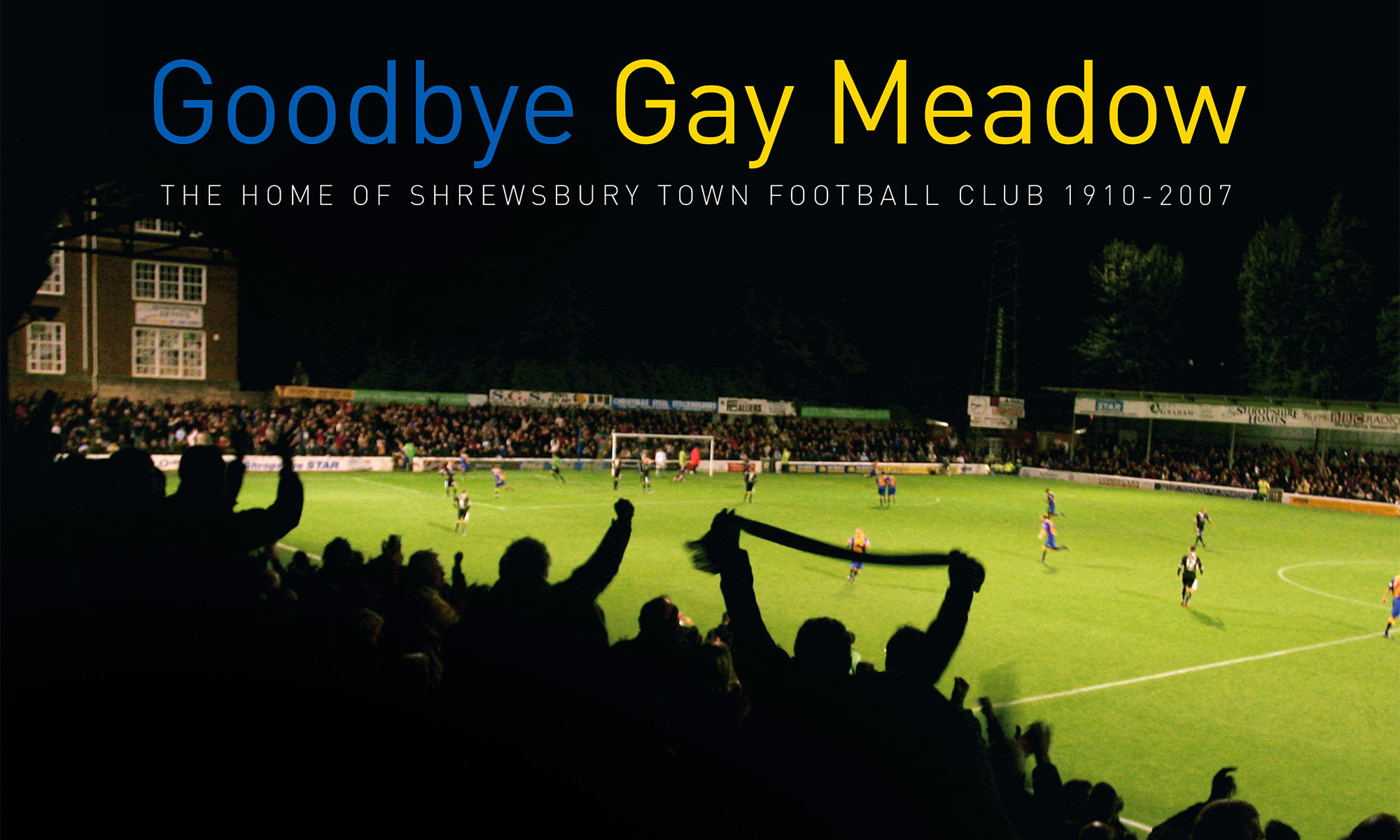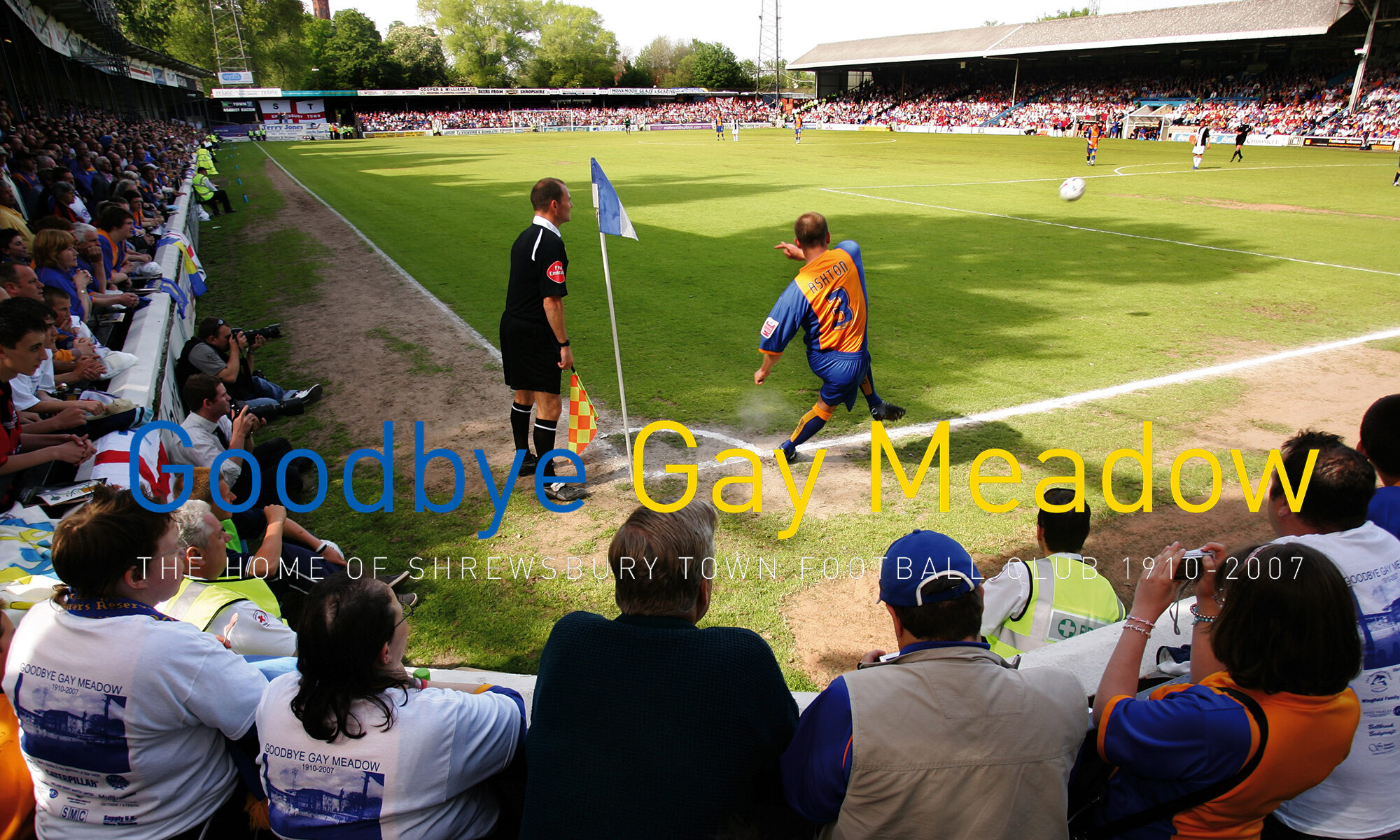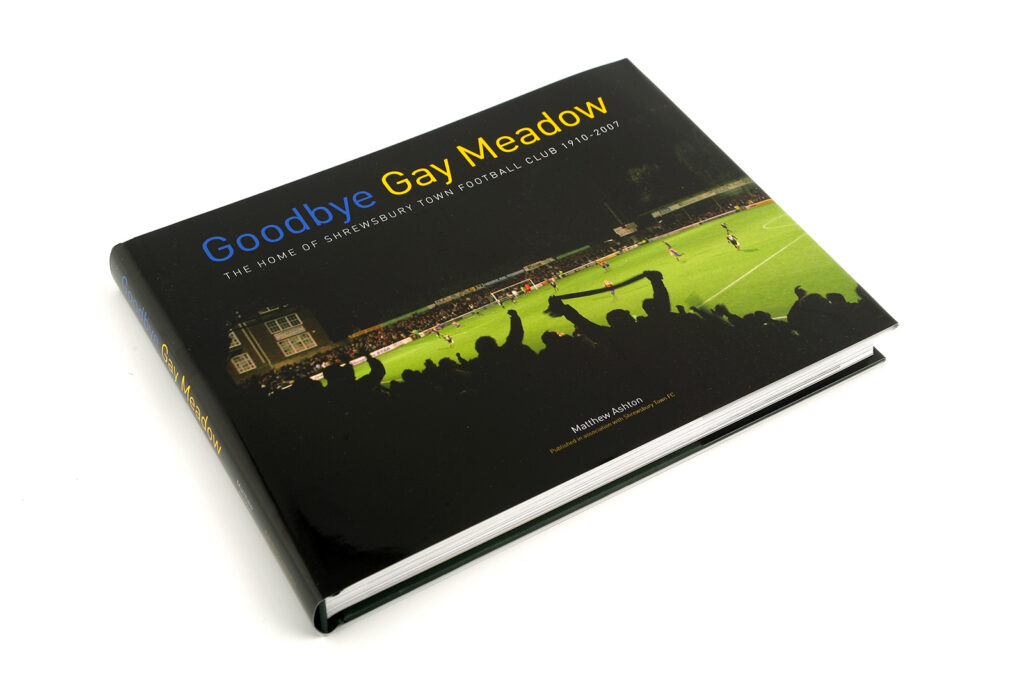Goodbye Gay Meadow author Matthew Ashton talks to ESPN in 2017 during the CONCACAF Gold Cup about the book
So were you always a fan of Shrewsbury Town? How did all this start?
That is a long story -since I was about five I always went to Gay Meadow to watch Shrewsbury Town.
When I was eight I started to go to away games too. Shrewsbury Town played Ipswich Town, the UEFA Cup champions, in the FA Cup in the early 1980s and the television cameras came to Gay Meadow. In those days only three games every Saturday were recorded for television. The only live game was the FA Cup Final. To have TV cables running around the pitch, a giant crane in the car park with a TV camera on top, scaffolding over the fans on the Riverside with TV cameras on certainly caught my attention. From that moment on, all I wanted to be was a TV cameraman!
So I went to Art School with the sole intention of doing art and some other classes, one being photography. My aim and thinking is that I would end up at BBC film school or something. During my time at college, I loved processing film and printing pictures.
Back then most people sent off their holiday films in the post and they arrived back in an envelope two or three weeks later. I could take pictures of the Goth girls in the college canteen and produce a 16 x 12 black and white in about 10 minutes. It was like doing a party trick.
I didn’t care for photographing my colleague colleagues or landscapes or when we did work in the studio. For me, taking pictures was boring, the thrill was processing the films. Then one day I shot Oldham Athletic v Shrewsbury Town. Suddenly I had a subject that I was interested in.

So you made your interest in the football club into a career then?
Most definitely!
I ignored my A levels and spent all the time I could learning to manually focus a 300mm and 600mm lens lent to me by the local newspaper. That was an apprenticeship in itself. I went to many training sessions and of course every match and gradually improved. I went from being a paperboy to having my pictures published on the back page in three years.
I attended a NCTJ Course in Photojournalism and ended up working for my local regional newspaper.
So you went from being a fan, to getting paid to cover games?
I guess so. I don’t watch or can not enjoy the game like a fan as I am I’m there to work. Most people do not understand but I am used to it now! Although I did news and lots of features, met some amazing people – my favourite day of the week was when I covered football. I still did it on days off and during my holidays.
And then Shrewsbury Town moved to a new stadium?
Well I left the newspaper after five years and went to work for one of the world’s leading football picture agencies at the time called EMPICS. Suddenly I was flying all around the world going to South America, Japan, covering the African Nations Cup but on many occasion I would be at a Real Madrid game and then fly home to do Shrewsbury Town. I then left the agency as it got taken over and this coincided with Shrewsbury Town building a new stadium.


So what made you do the book?
I figured that no one else would do something to celebrate or document it and importantly remember it to be quite honest. I put the pressure on myself and dedicated a whole year doing game after game, but this time instead of recording goals or whatever I was documenting the ground. I had photographed Espanyol’s old stadium being demolished and I was very aware that one day soon the Gay Meadow would be no more.
Gay Meadow was unique in that spectators had an utterly different view depending on what side of the ground they watched the game from. From the Station End they would be covered with a rood and looked on to a school. On the opposite side they looked at the Shrewsbury Castle but would be in the wide open subjecting themselves to the elements. From the famous Riverside where people stood they faced the stands, and the people in the stands not only looked down on to the fans standing up but a line of trees lining the River behind.
So it was important to document everyone’s view point. Then there was the matter of photographing it’s surroundings by the river, the quirky signs, seats, terracing, floodlights and many other things.

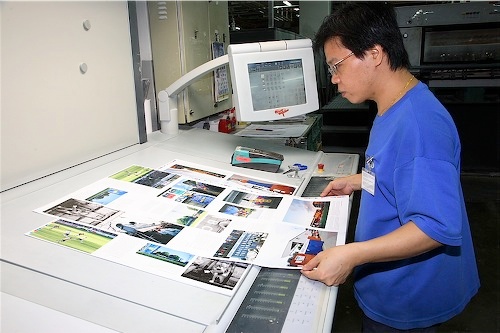
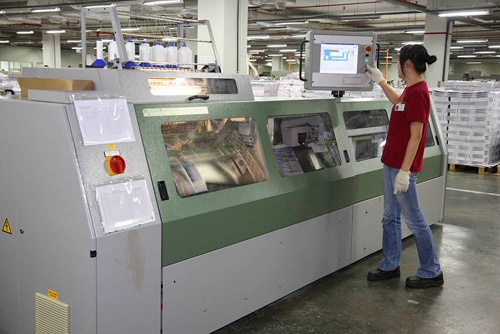
Did anyone approach you to do the pictures, a publisher or the newspaper?
No! I spent lots of time researching self publishing and the book market as a whole.I ended up choosing a company in Singapore who at the time were one of the leading book printing companies in the world.
In the UK it was about 7 times the price to print books!
I learnt how to design pages from a colleague called Jim who had worked at the Mail On Sunday and when we went into book stores, it seemed like he had designed and created half of the books on sale.
With his help, after months of designing the pages, getting paper samples, printing samples, samples of the cover jacked, I eventually sent a big PDF document to Singapore together with heaps of money that would have paid for a nice sports car.
Six weeks later this huge lorry delivered boxes and boxes of books!
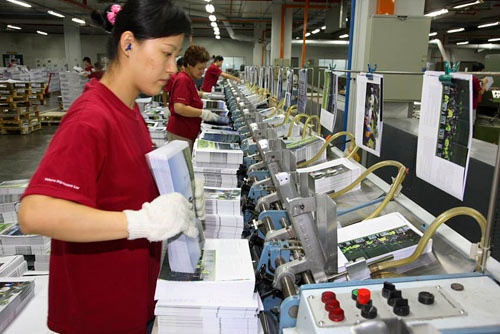
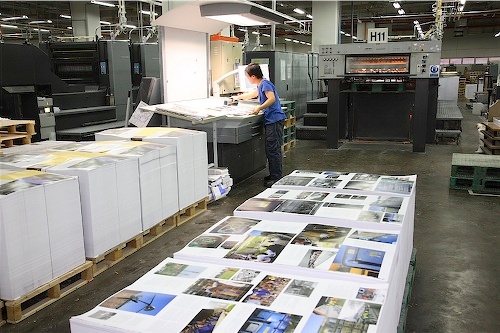
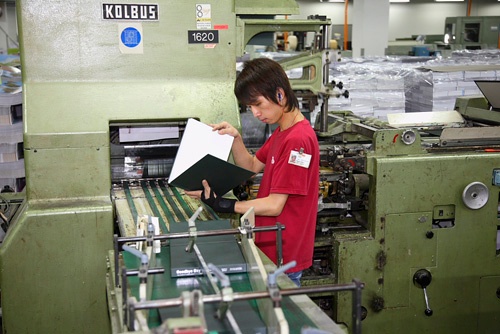



Visits: 42
